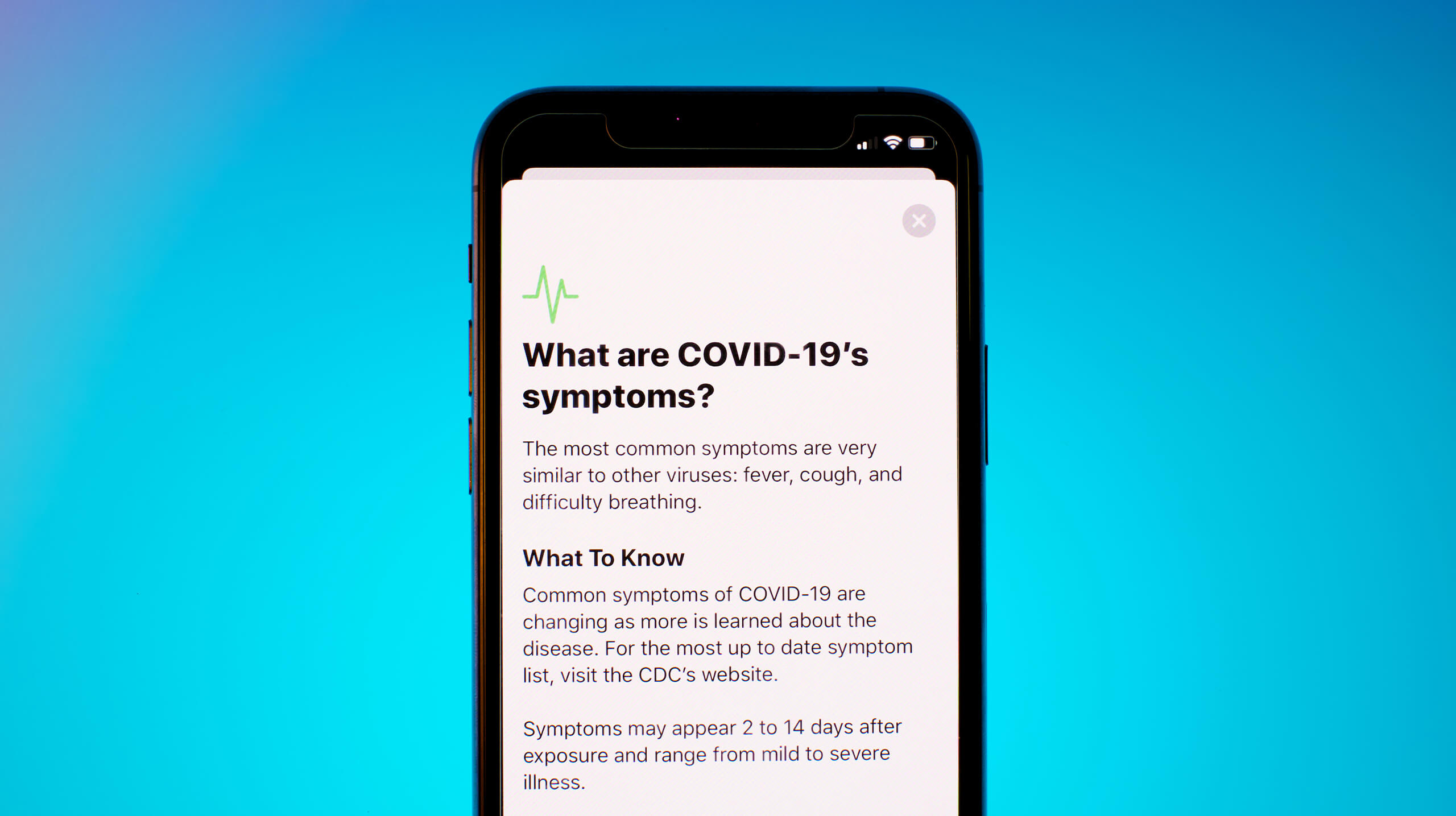The COVID-19 pandemic has changed all of our lives. Science on the coronavirus continues to evolve, but in the past few months we have learned that certain conditions can raise your risk of COVID-19 becoming more serious. One of those conditions is obstructive sleep apnea, a severe sleep breathing disorder. In this article, we examine how sleep apnea and other sleep breathing disorders are linked to an increased risk of COVID-19.
The Risks of Sleep Breathing Disorders
A sleep breathing disorder refers to a condition where breathing becomes restricted or completely ceases during sleep. Snoring or gasping for air while sleeping is the most common symptom of sleep apnea.
Many sleep breathing disorders cause intermittent incidents of hypoxia—which occurs when the body lacks adequate oxygen supply at the tissue level. For someone with sleep apnea, this hypoxia occurs every time breathing is interrupted. Oxygen levels drop, and the brain sends signals to the body to resume normal breathing. An individual with a severe, untreated case of sleep apnea may experience hundreds of apneic events a night. Meanwhile, each of these events disrupts the sleep cycle. This means less time is spent in the deepest stage of sleep, which is key to both physical and mental rejuvenation.
Hypoxia and fragmented sleep also increase inflammation levels throughout the body. Systemic inflammation is one of the prime contributors to serious, chronic ailments such as cardiovascular disease, diabetes, obesity, and even cancer. These comorbidities also raise the risk of a case of COVID-19 being more serious—or potentially fatal.
Recent research further establishes a possible link between sleep apnea and severe COVID-19. Scientists in Finland from the University of Turku found that an exceedingly high percentage of patients admitted to Turku University Hospital with COVID-19 had a pre-existing diagnosis of sleep apnea. The median diagnosis had been made 2 ½ years before COVID-19. All told, researchers identified that 29 percent of patients who were hospitalized due to COVID-19 had a pre-existing diagnosis of sleep apnea. Many of these individuals also were severely obese. In their conclusions, the team recommended their findings meant, “The question of whether OSA is an independent risk factor should be addressed in larger cohorts.”
These researchers also found that in sleep apnea patients with COVID-19, elevated levels of C-reactive protein, procalcitonin (PCT), and reduced oxygen saturation may be indicators to help determine which coronavirus patients will end up needing critical care. Baseline PCT and CRP C-reactive protein levels were significantly higher among admitted COVID-19 patients whose condition warranted treatment in the intensive care unit.
Treating Sleep Apnea Through Orthotropics®
More than 20 million Americans suffer from sleep apnea, and many of them never receive proper diagnosis and treatment. That means they continue to live with the long-term ramifications of sleep deprivation—and the negative effects on physical and mental health.
A dentist trained in airway management can help treat sleep apnea and achieve lasting relief. In the midst of the COVID-19 pandemic, treating sleep apnea is especially important, when you consider the recent research coming out of Finland.
A practitioner of Orthotropics® has this knowledge of airway maintenance and the importance of proper function. Those who practice Orthotropics® know that a wide, open airway is crucial to a good, quality sleep that restores both mind and body. If an airway issue is identified, you may be recommended for a sleep study. This study can be performed in the comfort of your own home and involves wearing monitoring equipment while you sleep. This study’s results are evaluated and can aid in a diagnosis of sleep breathing disorders, ranging from snoring to upper airway resistance syndrome (UARS) to obstructive sleep apnea.
The COVID-19 pandemic has created the greatest challenge for public health in more than a century. Now is the time to make sure you are prepared to meet any threats that emerge in the next 12-18 months. A new flu season will begin this fall with coronavirus still a concern. You can do your part to protect your health by eating a nutritious diet, getting daily exercise, and making sure you are getting the right amount of restful sleep. If you have sleep apnea, though, you will never be fully rested regardless of how many hours you sleep each night.
Orthotropics® enlarges the airway which may help treat sleep apnea in children and/or prevent it later in life. Our approach to functional orthodontics promotes facial growth guidance for children. One of the treatment goals of this method is to achieve an ideal rest oral posture: with lips closed, teeth together, and the tongue resting gently against the roof of the mouth. This resting posture also helps to encourage an open airway, preventing the issues that cause sleep apnea.
To learn more about sleep apnea, or to find an airway-focused dentist near you, please visit our website or contact the North American Association of Facial Orthotropics today.

